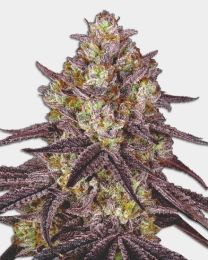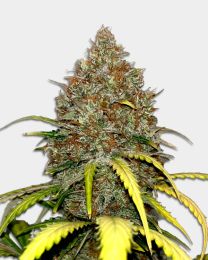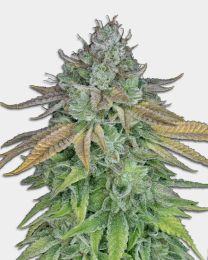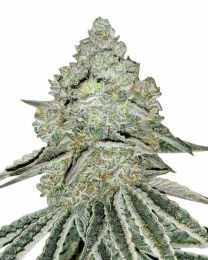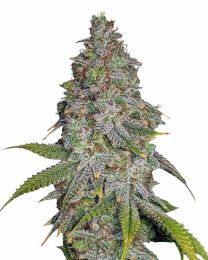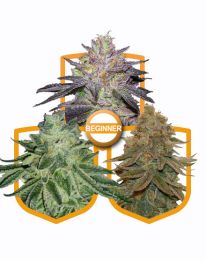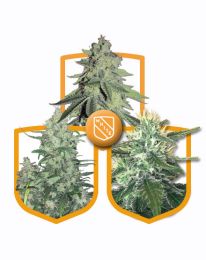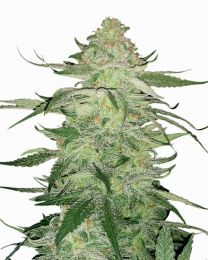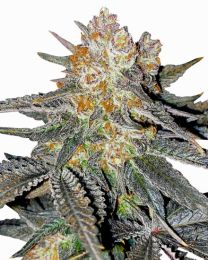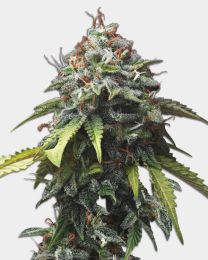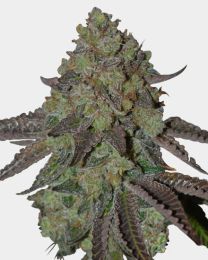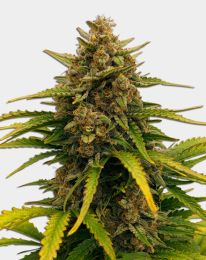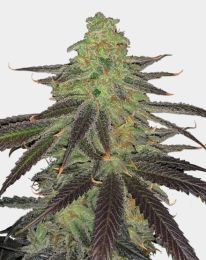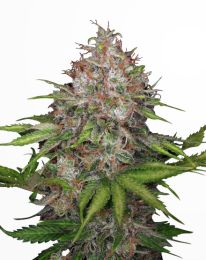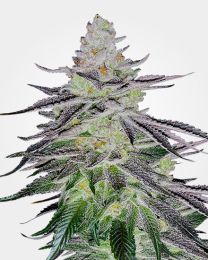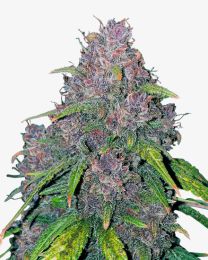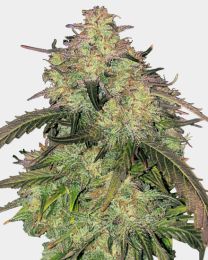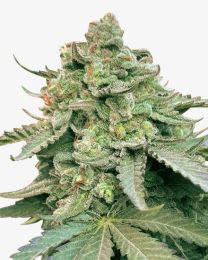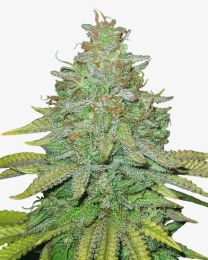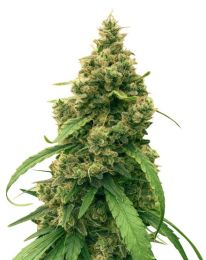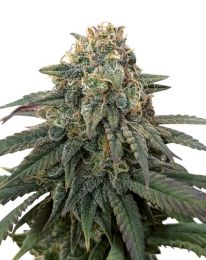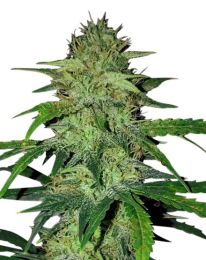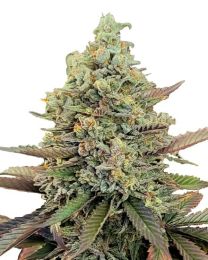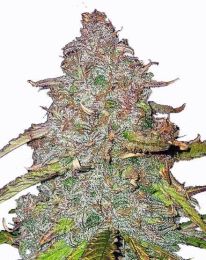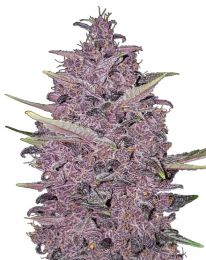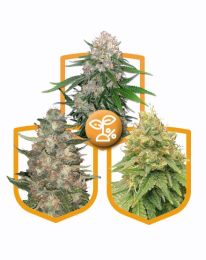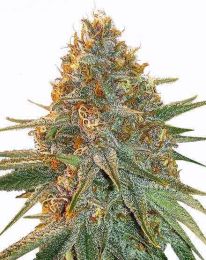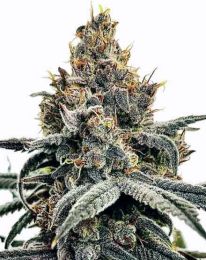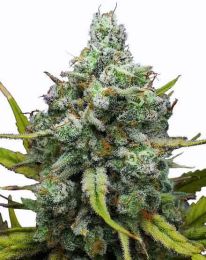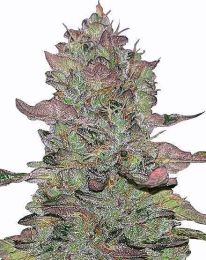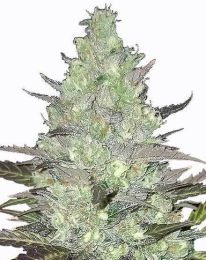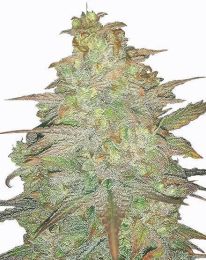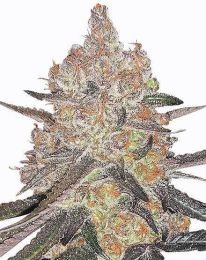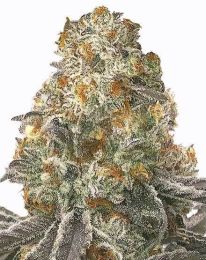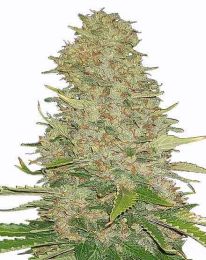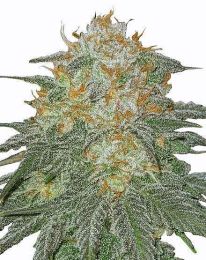Photoperiod Seeds
Photoperiod cannabis plants flower according to changes in the number of daylight hours. Grown indoors, you will typically start them on a light schedule of 18 hours of light and 6 hours of darkness, switching to a schedule of 12 hours of light and 12 hours of darkness to trigger the start of the flowering stage. Because you decide when the vegetative stage ends and the flowering stage begins, photoperiod seeds allow much more control over the size of your plants. This gives you the flexibility to grow your them exactly how you want and to experiment with high stress training techniques designed to increase yields.
Read MoreWhat are Photoperiod cannabis seeds?
Photoperiod is a fancy way of saying "on a light schedule." Photoperiod cannabis seeds are a type of cannabis plant that relies on specific light cycles (AKA photoperiods) to transition from the vegetative stage to the flowering stage. These strains are sensitive to changes in the light cycle, meaning they start flowering when the amount of light they receive decreases.
Growing these seeds requires that you start on a 16- or 18-hour lights-on cycle (simulating summer) and then switch to a 12-hour lights-on and 12-hour lights-off period to encourage them to flower, which these varieties would do naturally in the fall.
Why choose photoperiod cannabis seeds?
Photoperiods offer you more control over your plants. Manipulating the light cycle allows you to keep a plant in its vegetative state until it's massive, allowing you to coax higher yields when you reduce the light cycle and flip it into the flowering stage. With a longer veg cycle, you can grow big, healthy plants, which will support bigger, more potent flowers. Photoperiod seeds are also excellent for cloning and indoor or outdoor gardens.
How long do photoperiod seeds take to grow?
Photoperiod cannabis seeds grow as quickly or as slowly as you want them to. All it takes to get them to flower is changing your light cycle. That said, you can keep a photoperiod plant in the veg cycle and encourage its foliar growth indefinitely. It'll only begin flowering when you start reducing your light cycle, which you can do in as little as six weeks.
However, your flowering cycle will go pretty quickly with photoperiod seeds. The total grow time varies between sativa-dominant and indica-dominant strains, as sativas tend to flower for longer while indicas flower quicker.
How do I determine the ideal time to switch from the vegetative to the flowering stage?
Vegetative growth is when your plant focuses mainly on its root system and leaf growth. They're ready to flip when they reach a good size and have a solid root system in place. Remember, the bigger your plants get in the veg stage the more they are likely to yield! As long as you can confidently maintain large plants in your grow room or greenhouse, let them go as long as you'd like. When they've hit a good size and have a good canopy full of bud nodes, you can alter your light cycle and begin flowering.
Advantages of growing photoperiod seeds
Unlike autoflowers which you can set and forget, photoperiod strains offer more control. By growing photoperiod cannabis seeds, you have the opportunity to coax bigger yields from your plants by allowing them to take the time they need to reach their full potential.
When size matters, photoperiods are the way to go. By manipulating light cycles, you can keep a plant in perpetual veg until you're ready for it to flower. This is a huge advantage if you face challenges in your garden during the veg stage and deal with stunted growth, for example. You get to choose when your plant is ready instead of it choosing for itself and being left with a subpar harvest.
Are photoperiods more potent?
Photoperiod cannabis plants are normally higher in THC than autoflowers. Autoflowering strains have been crossed with cannabis ruderalis which gives it its ability to flower automatically, however it also reduces potency. Photoperiods also have longer flowering periods giving them plenty more time to produce cannabinoids such as THC.
What is the light cycle for photoperiodic cannabis?
Like all cannabis strains, photoperiodic cannabis seeds need light to thrive. During the veg stage, you can keep them under the lights anywhere from 16 to 24 hours a day. You can keep them in this cycle indefinitely, so long as your light cycle doesn't change. When it's time to flip to flowering, you should aim for 12 hours of light and 12 hours of darkness per day. This triggers your plants to think it's autumn and it's time to spread their seeds before winter— causing them to begin flowering.
Do photoperiod seeds require special lighting equipment?
If you're growing your cannabis seeds outdoors, no. The special lighting equipment, in that case, is just the sun. That said, it's important to sow your seeds in late spring or early summer to encourage the longest possible veg stage before the plants naturally flip into the flowering stage as autumn approaches and the hours of sunlight per day shorten.
On the other hand, you may need to optimize your lighting if you're growing photoperiod seeds indoors. The spectrum of light closest to the sun is ideal, and you will need grow lights and timers to mimic natural light changes during the vegetative and flowering stages.
How much do photoperiods yield?
Photoperiod cannabis plants can yield as much as 2kg per plant if grown outdoors in the ideal conditions with high yield genetics. But there's no one-size approach to how much your photoperiod cannabis seeds will yield since there are so many variables. The plant's genetics, your technique, and growing conditions will all affect your yield. Since you can manipulate photoperiod seeds to stay in the veg cycle until they're massive plants, you have a higher chance of getting better yields per plant compared to autoflowers. The bigger the plant, the more bud sites it develops and the more weight you'll pull down. But again, that comes down to whether or not the growing conditions were met and if the strain itself is a high yielder.
How do I store photoperiod seeds for long term viability?
If you've got leftover seeds or are just planning for gardens to come, you can confidently stock up on photoperiod seeds when you remember to store them properly. Photoperiod seeds should
Are photoperiods all feminized?
No, not all of them. 'Photoperiod' simply means that the strain flowers according to light. Some of our photoperiod strains are regular and some are feminized seeds.
-
20+ Years Experience
Over 500K seeds sold worldwide
100K+ Happy Customers -
Germination Guaranteed
Complete satisfaction or we will replace your order -
Dutch and USA Genetics
Master breeders inspiring strains from across the world -
1-5 Day Delivery - Guaranteed
Free Express Shipping to the US
